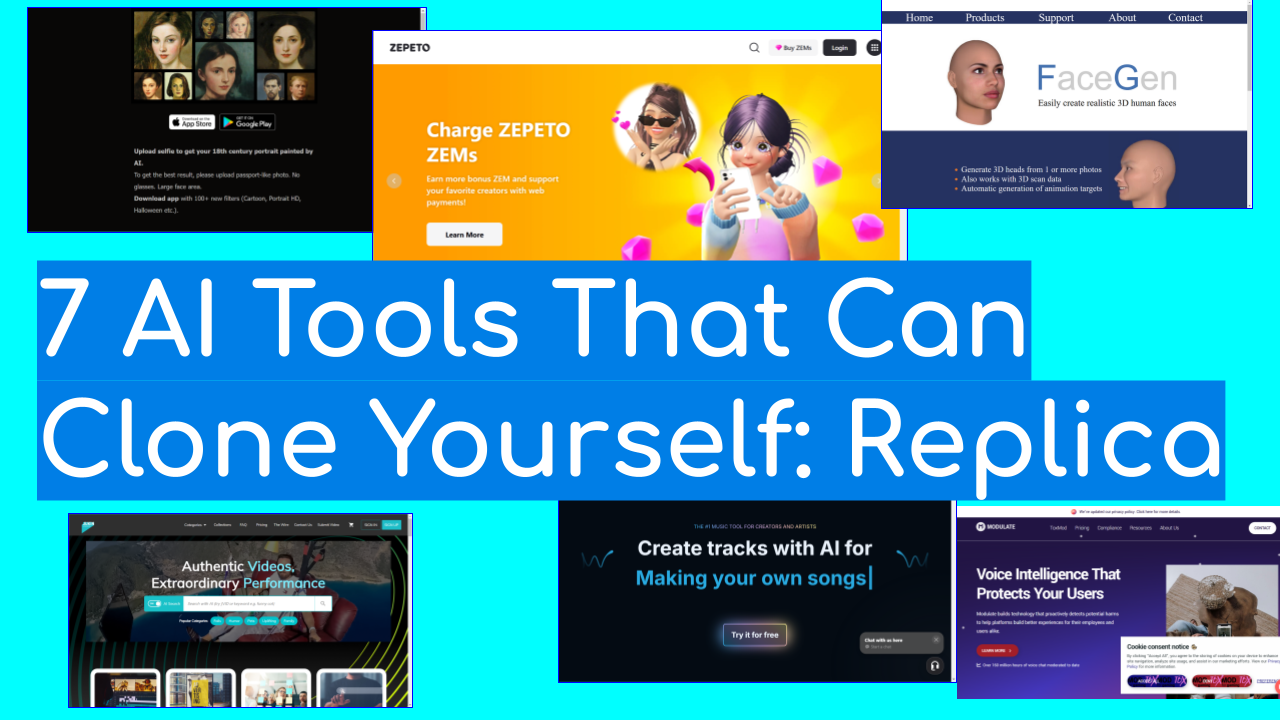How AI for Competitive Intelligence Helps You Track Competitors

Introduction
If you’re still using spreadsheets and Google Alerts to monitor your competitors—you’re already behind. Today, AI For Competitive Intelligence gives businesses a faster, smarter way to track everything your rivals are doing… without the manual effort.
In this guide, you’ll learn exactly how AI can track competitors’ moves in real-time—so you can anticipate, adapt, and outperform.
What Is AI for Competitive Intelligence?
AI for Competitive Intelligence involves using artificial intelligence—especially tools like ChatGPT, Claude, and web scrapers—to collect, analyze, and act on real-time competitor data.
It goes beyond monitoring—it gives you actionable insights:
- What are your competitors launching next?
- How is their messaging changing?
- What keywords are they targeting?
- What pain points are their customers mentioning?
What Can You Track With AI?
✅ Product Updates
Scrape and summarize changelogs, GitHub updates, feature announcements, and roadmap pages.
Prompt example:
“Summarize the last 5 product updates from CompetitorX. Highlight what each update improves.”
✅ Pricing & Packaging Shifts
Detect if competitors update their pricing, plans, or feature tiers.
Prompt example:
“Compare CompetitorY’s pricing from 3 months ago to now. What changed and why might they have done it?”
✅ Customer Feedback
Use AI to scan review sites, Reddit, and Twitter for recurring pain points or praise.
Prompt example:
“Analyze 50 Trustpilot reviews for CompetitorZ. What do users complain about the most?”
✅ Hiring Strategy
AI can interpret job postings to reveal your competitor’s focus areas.
Prompt example:
“Based on recent job listings, what is CompetitorA prioritizing—engineering, marketing, or partnerships?”
✅ Messaging & Positioning
Compare changes in their homepage copy, blog tone, or sales decks.
Prompt example:
“Compare CompetitorB’s homepage now vs 6 months ago. What has changed in their messaging?”
Tools You Can Use (All Free or Low-Cost)
- Wayback Machine – to compare past and current versions of websites
- Browse AI / ScraperAPI – to extract structured data from websites
- ChatGPT or Claude – to analyze, summarize, and extract insights
- Zapier / Make – to automate monitoring and alerts
- VisualPing – for tracking specific website changes
Combine them for an automated competitor tracking system.
Real-World Use Case Example
SaaS Company Example:
- They scrape competitors’ changelogs and pricing pages every week
- Feed updates into ChatGPT to summarize new features or tier changes
- Push results into Slack with Zapier
- Product and marketing teams get notified immediately—no manual work
The result? Faster product decisions and better marketing responses.
Why This Gives You an Unfair Advantage
Using AI for Competitive Intelligence means:
- You act before competitors announce
- You launch responses faster than ever
- You track everything without increasing headcount
- You focus on what matters, not just raw data
Conclusion
Tracking competitors manually is outdated. AI gives you superhuman speed and insight so you can outmaneuver your market rivals consistently.
Leave a Comment